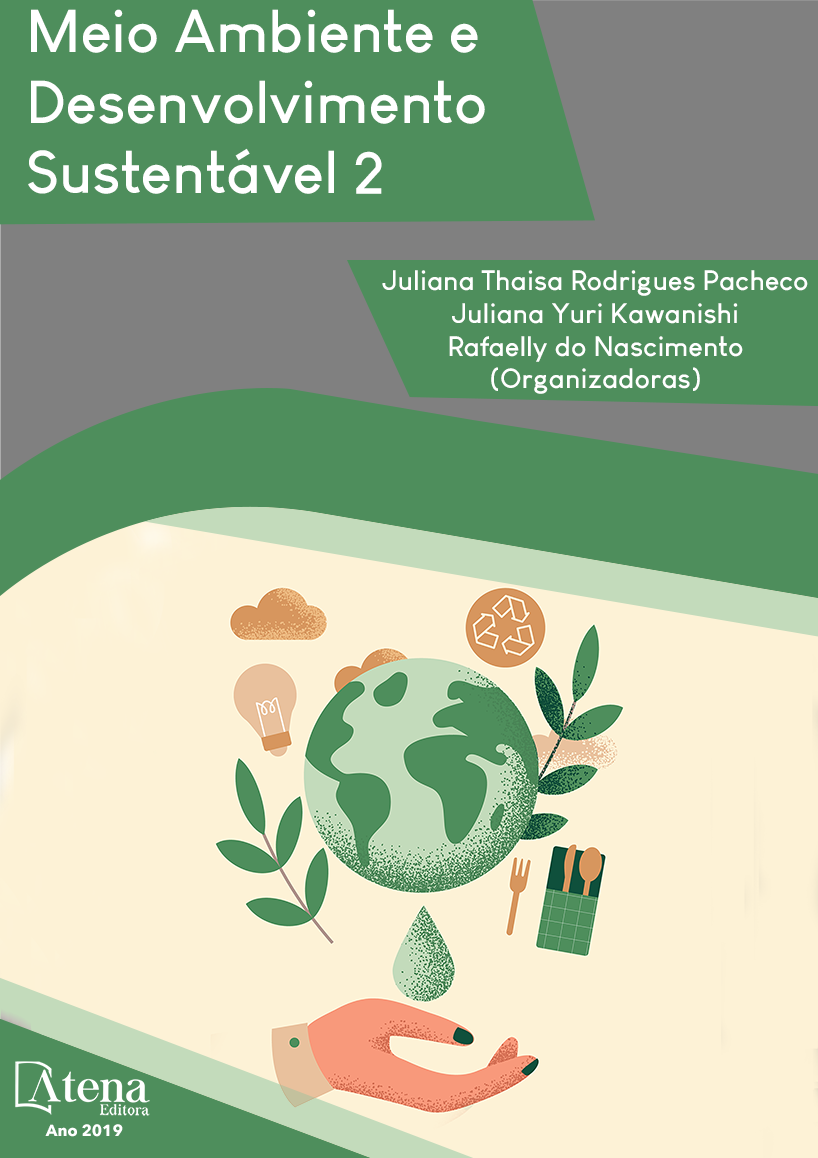
REUTILIZAÇÃO DE AREIA DESCARTADA DE FUNDIÇÃO NA PRODUÇÃO DE BLOCOS DE CONCRETO ESTRUTURAL
A indústria de fundição é
responsável pela geração de grande volume
de resíduos com potencial de prejudicar a
saúde pública e o meio ambiente. A areia
descartada de fundição (ADF), sendo o seu
principal resíduo, é classificada pela ABNT
NBR 10.004:2004 como Classe I ou Classe IIA,
conforme os elementos utilizados na mistura
que irão, ou não, lhe atribuir periculosidade. A
necessidade de desenvolver técnicas para a
reutilização da ADF, com o intuito de minimizar
o volume de disposição em aterros, não só
proporciona vantagens relacionadas ao custo
do aterramento, mas pode gerar economia
quando for utilizada na substituição parcial em
processos que utilizam areia virgem natural. Os
benefícios ambientais acarretados, seriam a
prolongação da vida útil de aterros industriais e
a redução da demanda da extração de recursos
naturais. Neste contexto, este trabalho objetiva
a viabilidade técnica da produção de blocos de
concreto estrutural (14x19x34) com a utilização
de ADF como agregado miúdo. Foram
efetuados testes de lixiviação e solubilização
que classificaram a areia descartada de
fundição utilizada como Classe II – A. Em
seguida, realizou-se, a caracterização física
(massa unitária, massa específica, material
pulverulento e granulometria) de todos os
agregados constituintes da mistura do bloco de
concreto e determinou-se a substituição parcial
de 15% da areia natural pela ADF. Os blocos
produzidos foram caracterizados de acordo com
os parâmetros: análise dimensional, absorção
de água e resistência à compressão axial
aos 28 dias. Todos os requisitos relacionados
neste trabalho foram atingidos, comprovando a
viabilidade técnica do bloco com adição de ADF
com função estrutural.
REUTILIZAÇÃO DE AREIA DESCARTADA DE FUNDIÇÃO NA PRODUÇÃO DE BLOCOS DE CONCRETO ESTRUTURAL
-
DOI: 10.22533/at.ed.55019111128
-
Palavras-chave: Resíduo sólido industrial; Indústria de fundição; Reaproveitamento de resíduos; Alvenaria estrutural.
-
Keywords: Industrial solid waste; Foundry industry; Waste reuse; Structural masonry.
-
Abstract:
The foundry industry is responsible
for generating large volumes of waste with
potential to harm public health and the environment. Discarded sand casting (ADF),
being its main waste, is classified by ABNT NBR 10.004: 2004 as Class I or Class II-A,
according to the elements used in the mixture that will or will not give it hazardousness.
The need to develop techniques for the reuse of the ADF, in order to minimize the volume
of landfill disposal, not only provides advantages related to the cost of grounding, but
can generate savings when used in partial replacement in processes that use natural
virgin sand.The environmental benefits entailed would be the extension of the useful
life of industrial landfills and the reduction of the demand of the extraction of natural
resources. In this context, this work aims at the technical feasibility of the production
of structural concrete blocks (14x19x34) with the use of ADF as a small aggregate.
Leaching and solubilization tests were carried out, which classified the casting sand
used as Class II - A. Afterwards, was held a physical characterization (unit mass,
specific mass, pulverulent material and grain size) of all the aggregates constituting
the mixture of the concrete block and was determined the partial replacement of 15%
of the natural sand by the ADF. The blocks produced were characterized according
to the parameters: dimensional analysis, water absorption and resistance to axial
compression at 28 days. All requirements related in this work were achieved, proving
the technical feasibility block with structural function with addition of ADF.
-
Número de páginas: 13
- Natalia Cristina Martini
- Tatiana Vettori Ferreira
- Sueli Tavares de Melo Souza


